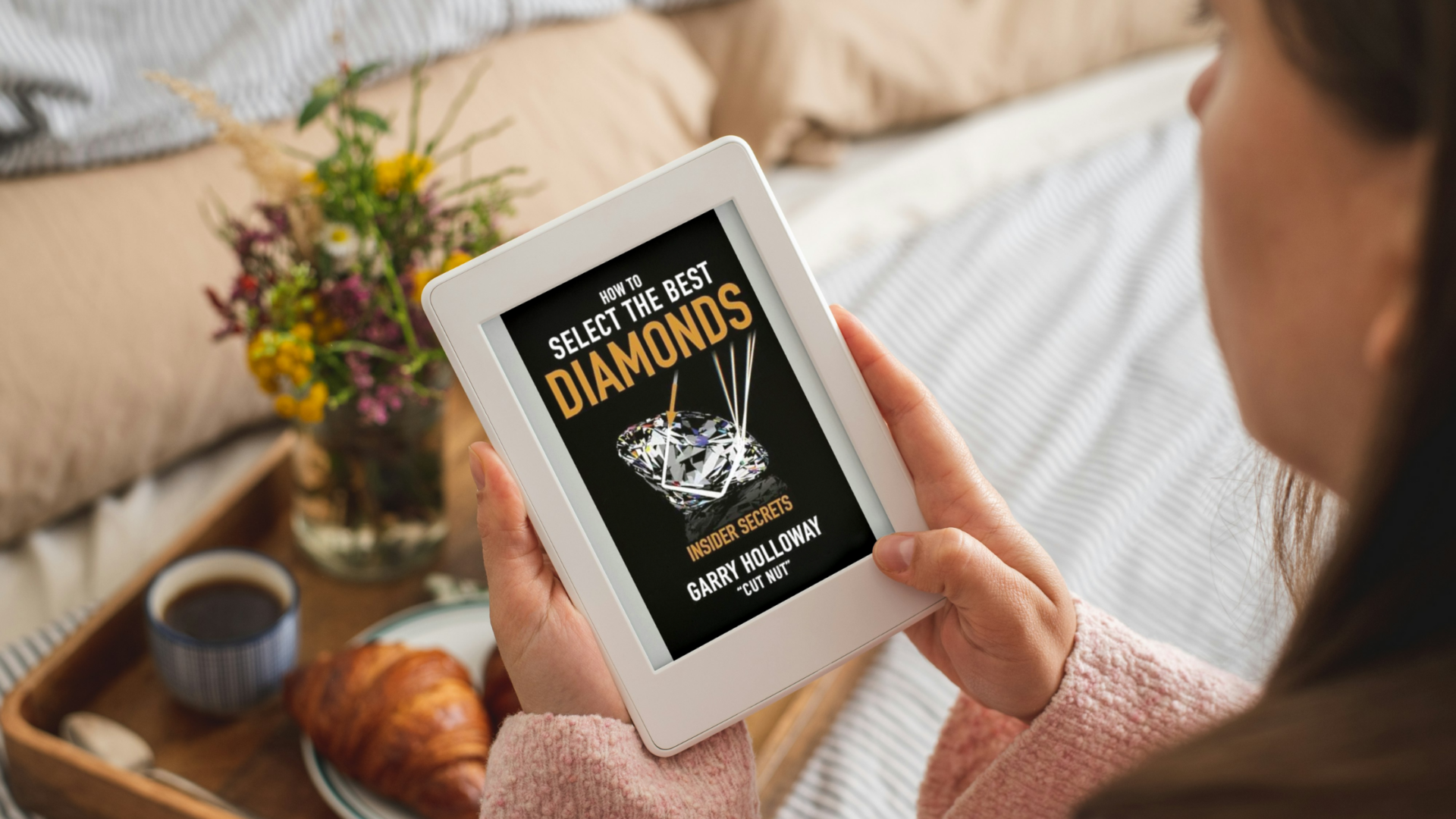Hi everyone,
I am new to this forum. I am looking for a diamond for my engagement ring. After reseraching about diamond. I am happy to go with Whiteflash ACA range.
I am looking at a G colour and SI1 Clarity. WF have determine it to be eye clean. My concern is that it could be eye clean from top view but can see inclusions from the side view as I am considering the Solataire setting with 6 Prongs. Should I go up to a VS2 and get a smaller diamond?
My other question is how do we determine the fire type? After reading about fire. I think I prefer bold fire flashes. How do I know from a certificate that the diamond will give bold and not pin? In your opinion is Pin fire nicer than Bold?
Thankyou
I am new to this forum. I am looking for a diamond for my engagement ring. After reseraching about diamond. I am happy to go with Whiteflash ACA range.
I am looking at a G colour and SI1 Clarity. WF have determine it to be eye clean. My concern is that it could be eye clean from top view but can see inclusions from the side view as I am considering the Solataire setting with 6 Prongs. Should I go up to a VS2 and get a smaller diamond?
My other question is how do we determine the fire type? After reading about fire. I think I prefer bold fire flashes. How do I know from a certificate that the diamond will give bold and not pin? In your opinion is Pin fire nicer than Bold?
Thankyou




300x240.png)